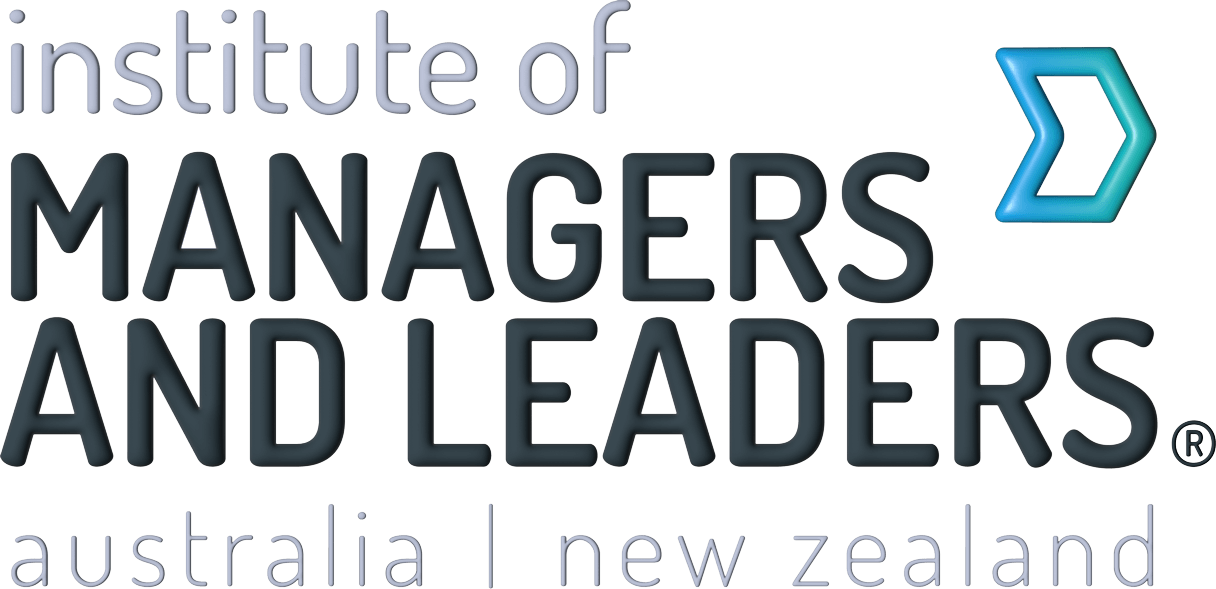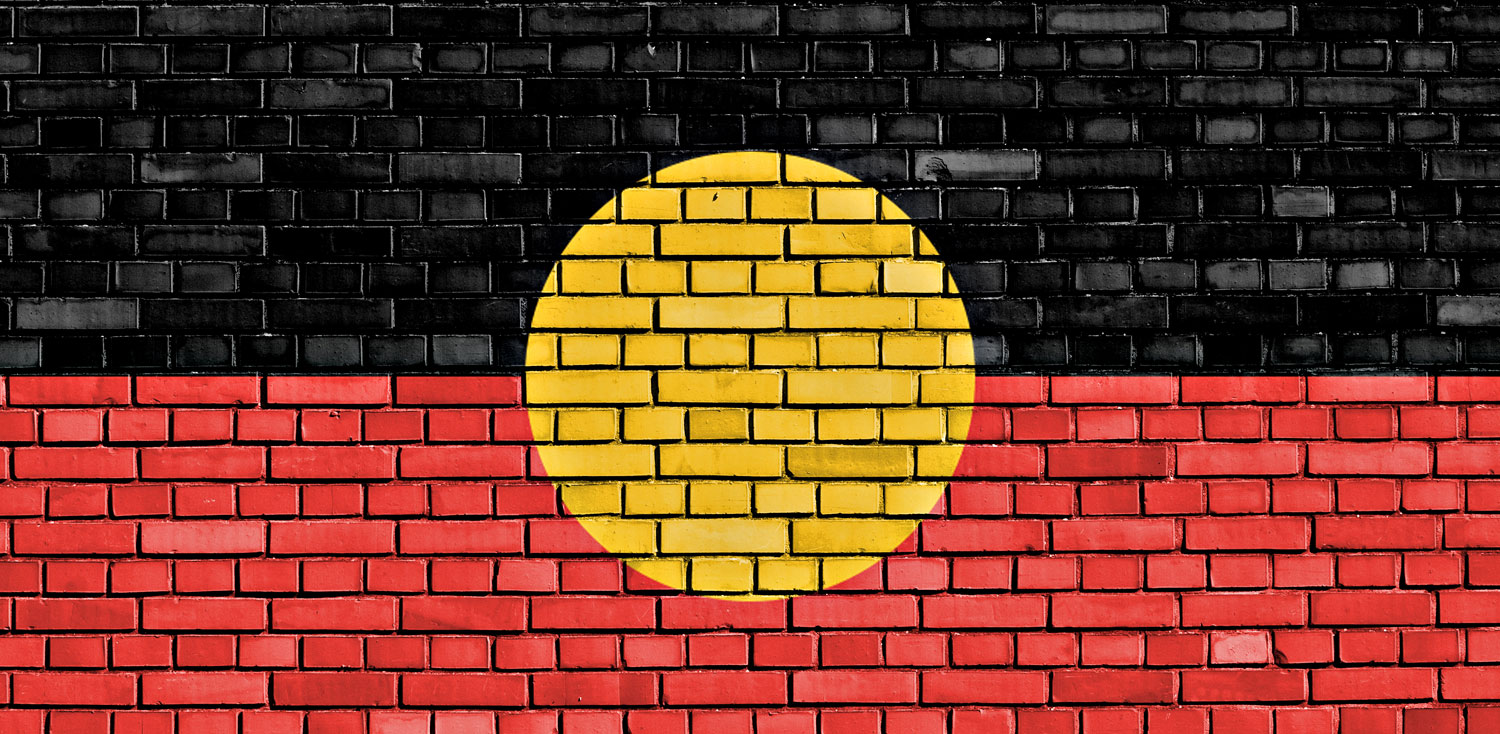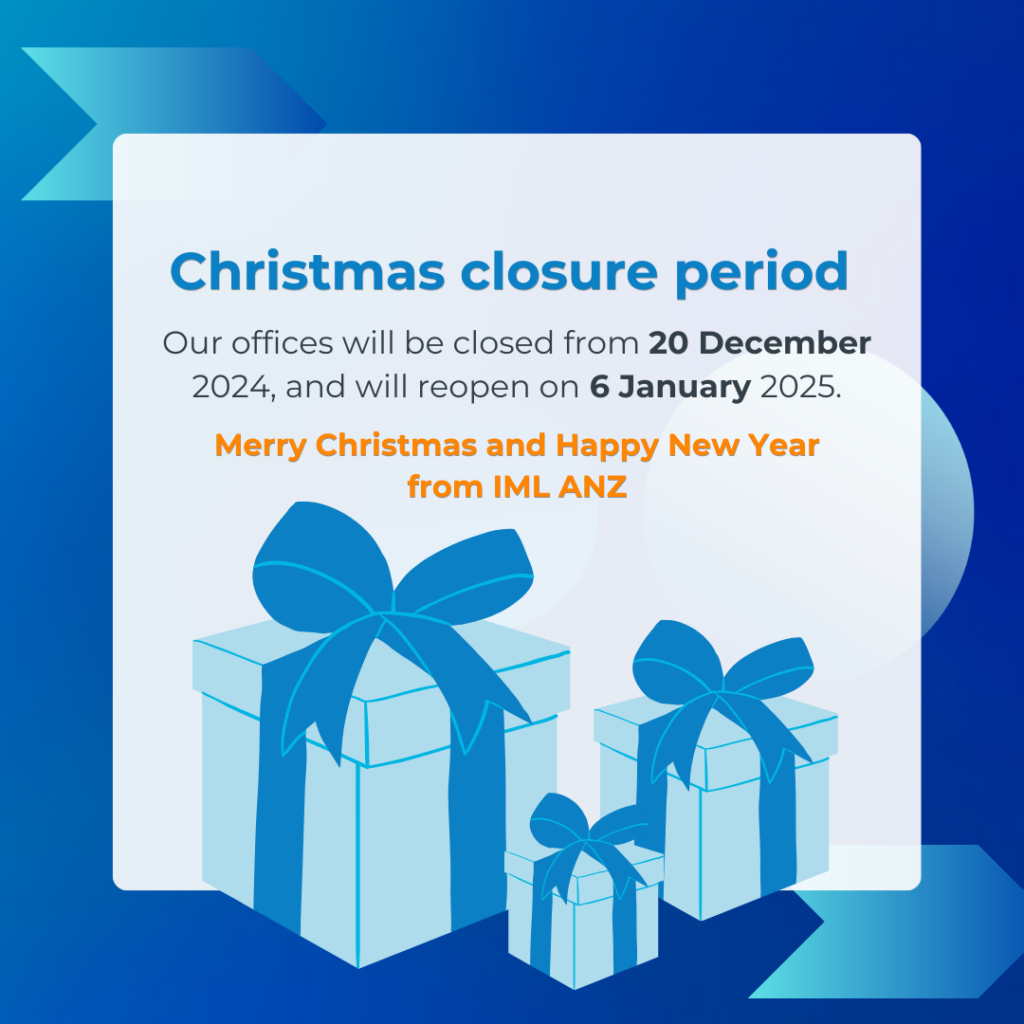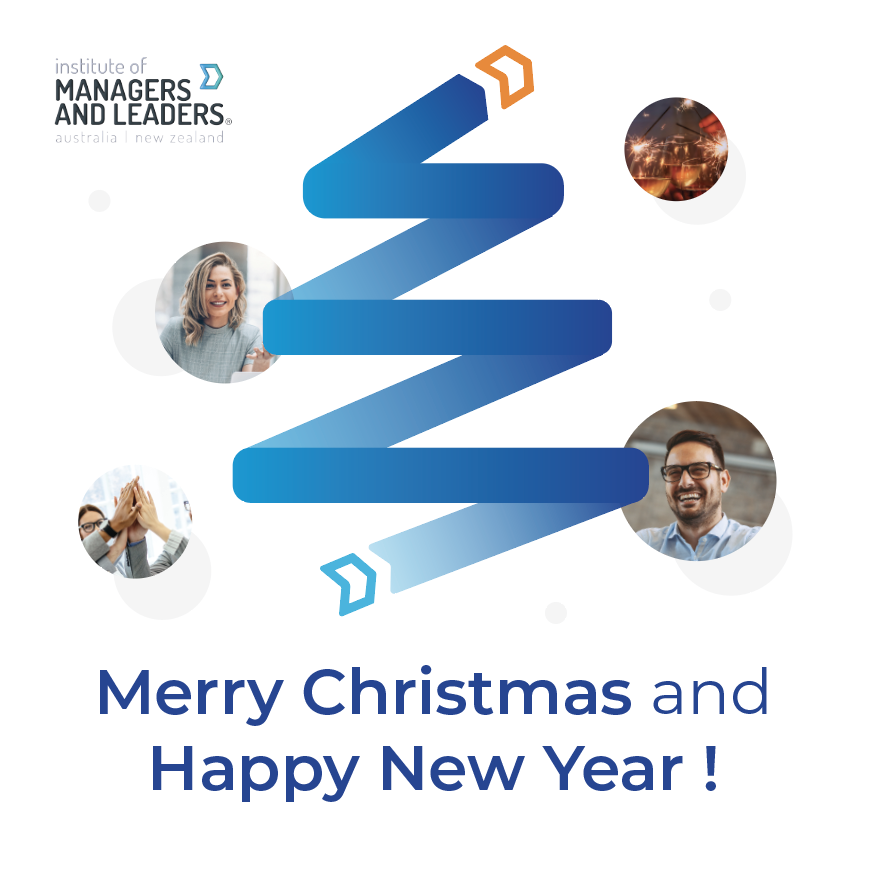Louise Robinson is a CEO, a mother, and an Indigenous leader. As a leader, her aspirations are clear:
“My aim is not to be the wealthiest CEO or to have the most toys. It’s to know I have changed one person’s life, and that that person goes on to change someone else’s life because I have taught them how.”
My aim is not to be the wealthiest CEO or to have the most toys. It’s to know I have changed one person’s life.
Louise heads the Nambucca Heads Local Aboriginal Land Council. While her personal leadership goal is to change a life, her management responsibilities encompass a broad portfolio of economic, legal, administrative and community building activities. Projects that strengthen community self-determination, economic independence and legal equity include residential property management, a local art gallery, an eco store and more recently an organic café, staffed by local Indigenous people with a disability.
In 2015, Louise Robinson was awarded Manager of the Year, NSW, in the Not-for-Profit sector by The Australian Institute of Management.
Leadership style
Louise puts her success down to a delivering frequent tangible outcomes. Her style is based on a belief that building confidence and self-esteem in team members are core to success, and that combined with education and experience, will allow new leaders to emerge.
She approaches her team like a conductor working with an orchestra: each musician is an expert on their own instrument, the conductor sets the tempo, to enable the whole team to create music. “You don’t,” she warns, “get down and start playing their instruments for them.”
Workforce participation rates for Indigenous Australians are 20 per cent lower than the population average. While there are a number of corporate and government sponsored leadership programs to educate and encourage the next generation of leaders, the part that leaders like Louise play as role models and mentors cannot be underestimated in a community still working to overcome significant barriers that are both historical and contemporary.
Louise calls her style an ‘organic management’ model, which she believes is particularly suited to the Aboriginal community. Tangible outcomes matter, but these are achieved when relationships are paramount, she says. “It’s providing the project, the inspiration and following up constantly to make sure all are on track to deliver what we’ve decided needs to be delivered. Ultimately it’s about allowing people to be the experts they are in their own field.”



